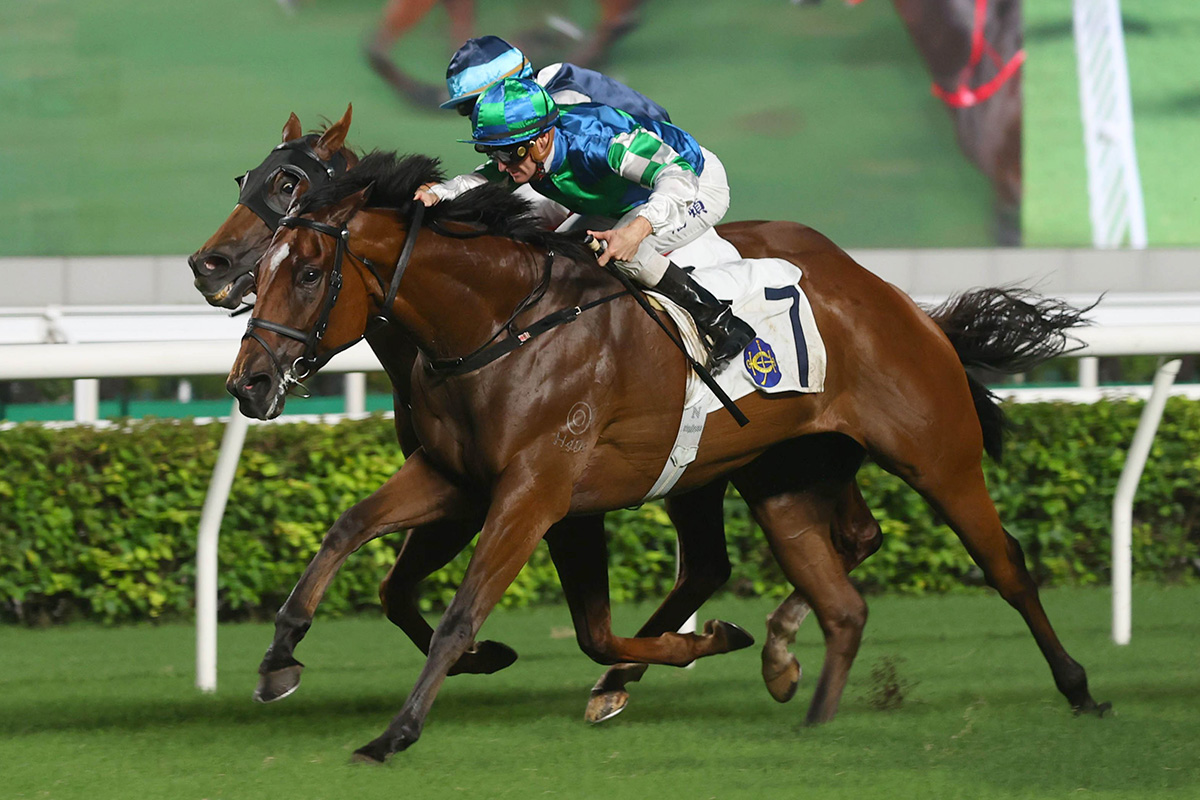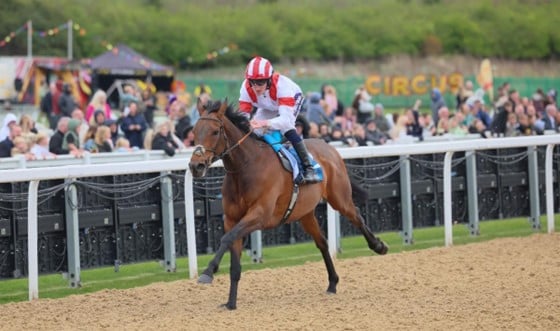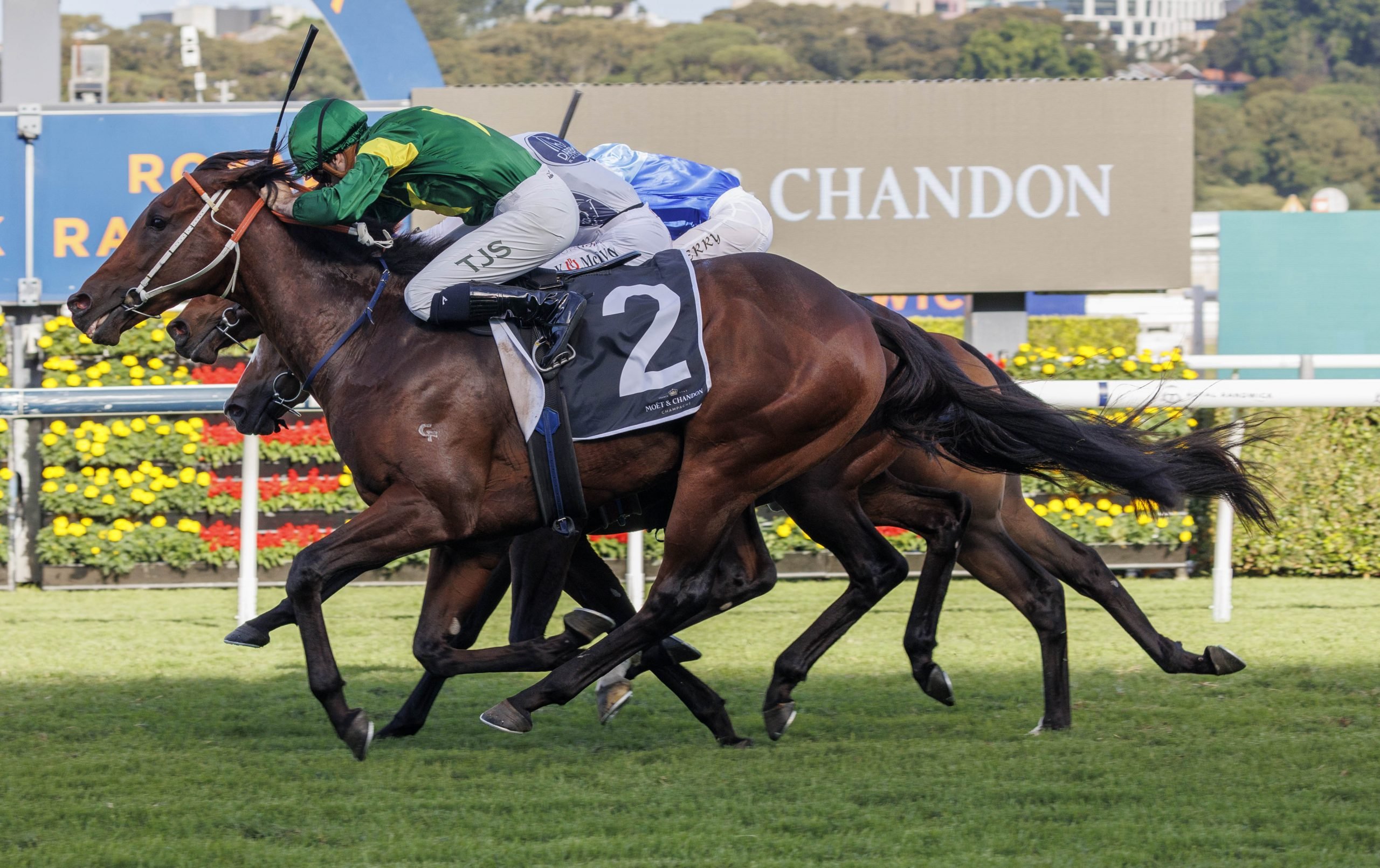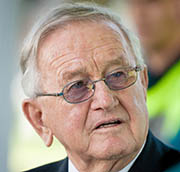
Terrance Millard
After the incredible 7 PE wins for Justin Snaith on 12 May 2013, racing scribe extraordinaire Michael Clower interviewed champion trainer Terrance Millard who praised the Snaith stable for their achievement. “I think it’s a wonderful achievement, particularly for a comparatively young trainer. He comes from a very intelligent family and his father is a really good horseman. They must all be very proud of him.”
Not only is that high praise from someone who trained “approximately 2500” winners in his career, it is also indicative of his generosity and sportsmanship and harks back to some of the golden days of racing.
As mentioned in Mr Clower’s article, Theo de Klerk notched up 6 winners on a single card on 21 June 1975 and Terrance Millard matched the feat by leading in 6 winners on 13 January 1982.
I thought I’d do a little digging and owe a debt of thanks to the Cape stipendiary stewards for allowing me to spend a fascinating afternoon rummaging around the dusty corners of our racing history.
Theo de Klerk
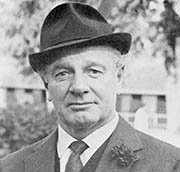
Theo de Klerk
Theo de Klerk was born on 26th November 1906 in the Karoo town of Pearston in the Eastern Cape. De Klerk was a great athlete, obtaining full school colours for cricket, athletics, rugby and soccer and went on to play cricket for Western Province.
Horses only appeared on his radar after he met his future wife, Lavinia, who was an accomplished horsewoman and the daughter of Captain Charles Struben, Master of the Cape Hunt. He then started riding and went abroad to further his horsemanship skills.
Following his demobilization from the armed forces in 1945, he settled in Somerset West where he started farming. He also ran a riding school from which he successfully trained show horses, jumpers, hurdlers and point-to-pointers.
He was an excellent horseman and rider, although he struggled to maintain racing weight. He produced a great horse which he sold to his girlfriend Lavinia and he reportedly had to marry her to get the horse back again!
Willie Langerman, who was chairman of the Milnerton Turf Club at the time, suggested that he turn professional and with the encouragement from men such as Garrett, Dunkling, ‘Baby’ Killa and Leon Fernandez, he built stables at Durbanville and started training in 1948.
He was one of the first trainers to court foreign patrons and the likes of Sir Foster Robinson, Lord Willingdon and Nicholas Monserrat used to take the Union Castle travel to South Africa to take a holiday and come and see their horses. In 1952 de Klerk relocated to Muizenberg, which was more accessible for his patrons and had the added advantage of being able to train his horses on the beach.
It proved an inspired move. By the 1954/55 season he had risen to the top ten in the trainers’ rankings and would go on to win some 1200 races including a Metropolitan Handicap with Force Ten (1972), two Queen’s Plates (1962 and 1963), three Derbies, the Cape Guineas, the Clairwood Winter Handicap, and countless top division handicaps. Fans of the era will remember horses like Force Ten, Warrior Gay and Boland Pride.
Mr de Klerk cut a distinctive figure. He always wore a suit with a button hole, he walked with a cane and always wore a hat that he doffed to acknowledge people.
He trained his thousandth winner in 1974 (and threw a party for 200 guests at the Alphen Hotel to celebrate), but according to Jean Jaffee’s “They Raced To Win” the day he remembers best is Saturday, 21st June 1975, when he trained six winners on the eight race card. The winners were Tracy Ann, Double Joy, Farsi, Persian War, The Kajar and Mithra. Even more remarkably, five of the six were by Persian Wonder and all were brought home by a young apprentice called Basil Marcus.
Basil remembers it fondly. “Mr de Klerk was the most amazing man. When I heard that I was being apprenticed to Theo de Klerk I was a bit upset, because people said he never really gave apprentices a chance, but he was absolutely brilliant.
“He was a tough boss, but he did everything that he could for me. Of his own accord he sent me for lessons in Constantia every weekend, after my first year, he gave me all of his rides and in my 4th and 5th years, I was champion apprentice in Cape Town.”
“When I joined Mr de Klerk occupied the first 5 barns at the Philippi training centre and it was known as Beverley Stables. Apprentices had to work hard. You didn’t just ride work and go – we were dropped at Philippi in the morning and collected again at night.
“You did all the work in the yard with the assistant and head lads – feeding, checking leavings, hosing legs, etc. Yards were smaller back then, people didn’t have huge strings – 30-40 horses was considered a big string and the maximum was 60, so you were more focussed and knew the horses that much more intimately. I can still see the horses in front of me now.
“Although we weren’t expecting to win 6, Mr de Klerk was champion Cape trainer at the time and the string was pretty strong. They were all decent horses. It was at Milnerton before the new stand was put up and we still had those beautiful quaint old buildings. The winner’s box was in front of the weighing room and everyone used to crowd around it. In those days a lot of people came to races.
The handicapping system allowed horses to win 3, 4, 5 in a row. The multiple wins it made it exciting and made people follow racing. Now horses are handicapped out of it so fast.
“The real good ones do stand out, but it makes it hard. That day the crowd were just building up and building up. Mithra was the final winner that day and it seemed like everybody was around the winner’s box. It was the most amazing scene.
“Another real stand out day was when I rode my 100th winner of the season as an apprentice. I think that’s still a record, certainly in Cape Town if not nationally. It felt like hundreds of people were crowded around the box. But we did have big crowds.”
Terrance Millard
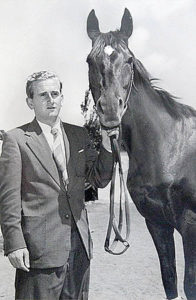
Laddie – 1954 Gr1 Queen’s Plate
The accolades heaped on Terrance Millard are legion and little wonder for someone who has 117 Grade 1’s; 44 Grade 2’s; 37 Grade 3 races and “approximately 2500” winners on their CV!
Terrance Millard was born in December 1929 and grew up in Cape Town. “In the 1930s half the traffic was horse-drawn and I was soon crazy about the animals. We had a stable behind the house and I was given a pony.”
The racing bug bit early and amateur meetings were held every three weeks on Wednesdays at Durbanville. As soon as he was old enough to take part, young Millard was absent from school with suspicious regularity. In June 1946 he rode his first winner, on a horse called St Warrior.
He took a fairly circuitous route, but finally got his professional trainers’ licence in 1954 at the age of 24. His first winner came on 27th November 1954 and he had 20 winners in his first season. Although six of his string of eight were amateur-race horses, that original intake included a horse called Laddie who had been bought for £25. The horse had a wind problem and needed a hobday – another £25.
As he didn’t have the money, he gave the vet a half share of the horse in lieu, which turned out to be one of the shrewdest buys in history when Laddie went on to win nine races including the Queen’s Plate, earning enough money for the vets to start a hospital and for his trainer to marry childhood sweetheart Joyce and buy a house and stables at Milnerton.
Although his rise to prominence was slow and steady, rather than meteoric, it must rank among the most remarkable in local racing history. He was the first trainer to crack the million rand barrier with 94 winners in the 1982/83 season and then bettered his own record when he broke the two million rand barrier not long afterwards.
He made the Paddock Stakes his own, lifting the trophy no less than 16 times. He won the Fillies Guineas 9 times. Six seems to have been a significant number for him too. He won 6 Julys, 6 Mets and 6 Gold Cups and also saddled 6 winners on a card on 13 January 1982.
His Super Six were American Dream, Sultan’s Turret, the good filly Let Kiss in the WP Fillies Nursery, Shadow Queen, Libran and Cradle Days (owned by one Mrs Joyce Millard) and included all fourlegs of the jackpot. Felix Coetzee was in the saddle five times with apprentice Tony Pita booting home Libran in an A Division mile. I caught up with Felix Coetzee (currently on sabbatical after a hip operation), who paints a picture of a thoroughly focussed and highly professional operation.
“I’d been riding for about 6 or 7 years when a childhood friend of mine rang up one day and said Mr Millard wanted to talk to me. I thought she was joking, so I never phoned. The next week she came to me again and said “I’m serious! Mr Millard wants to talk to you”.
He laughs when he recalls how gingerly he dialled the number and says he was expecting to be told off, but instead Mr Millard invited him to round for a chat.
“My heart rate went through the roof!” Their partnership grew slowly. Coetzee was still freelancing and travelling around the country and then Jean Heming offered him a job in Joburg. My house was empty and as they closed the doors of the last removal van, I stood on the veranda and said “put it in storage, we’re not going. I don’t know, it was just one of those decisions.” He then rang up and asked Mr Millard for the job back.
Mr Millard said yes, on the condition that Coetzee ride all his horses going forward. And so began one of the most successful partnerships on our tracks. Coetzee has a reputation for hard work and says it was a wonderful period of his life.
“Mr Millard expected a lot from everyone who worked for him. It was tough, but was no less than what he put in himself. It was a serious yard. Mr Millard’s commitment and attention to detail were incredible. We had smaller strings in those days and we knew all the horses very well. Mr Millard focussed hard on doing the right work at the right time and giving each horse exactly what it needed when it needed it. I think it was possibly that that made it easier on race days. Horses were perfectly prepared.
“We could go to the races pretty confident because we knew the horses very well, the programming had been done carefully and we knew the groundwork had been done at home. When we had days like those, it was lovely and we enjoyed it, but we came away with the attitude that tomorrow is back to work. The next day we were focussing on the next meeting, it was very professional outfit.”
The achievements of today’s heroes are often built by standing on the shoulders of yesterday’s giants. De Klerk and Millard paved the way with six, the Snaiths have blazed ahead with seven. Who knows what the future might still hold.






